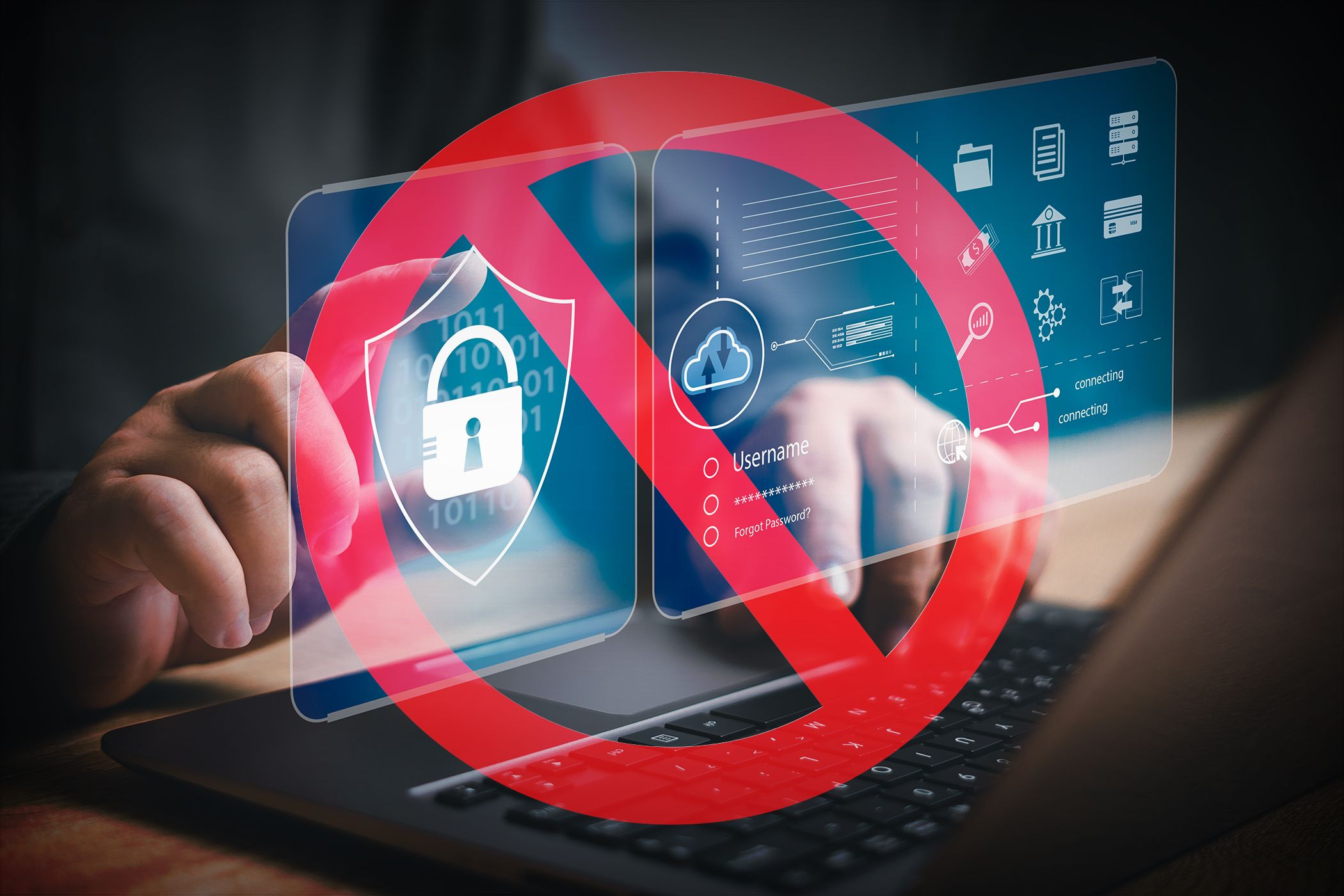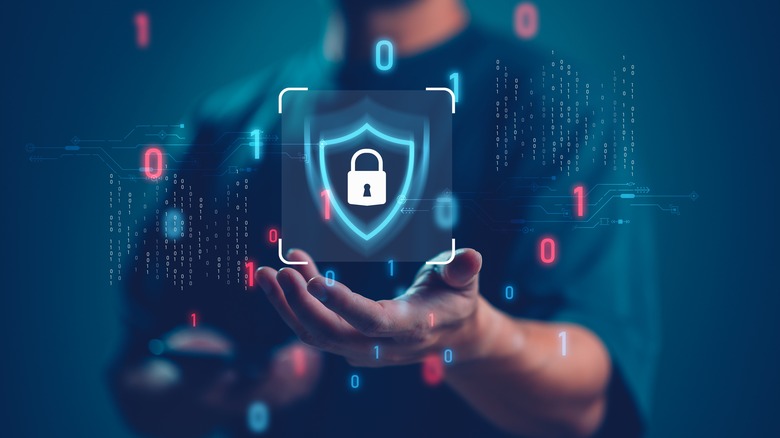In a world where our lives unfold in vibrant posts and tweets, protecting your data on social networks has never been more crucial. As we share snippets of our daily experiences with friends and followers, it’s easy to overlook the hidden risks lurking behind those likes and comments. With every click, we’re not just engaging; we’re also exposing ourselves to potential threats that can have far-reaching consequences. Understanding the importance of safeguarding your personal information is essential in today’s digital landscape—where social media reigns supreme. Let’s explore how you can keep your data safe while still enjoying everything these platforms have to offer.
The rise of social networks and their impact on personal data

Social networks have transformed the way we connect and communicate. With billions of users worldwide, platforms like Facebook, Instagram, and Twitter dominate our daily lives.
As we share moments and milestones online, personal data becomes an invaluable currency. Companies track our preferences to tailor ads directly to us. This convenience often overshadows privacy concerns.
The more we engage with these networks, the more information is at risk. From location data to relationship status, every post can reveal intimate details about our lives.
Data breaches are becoming alarmingly common. Hackers target social media accounts for financial gain or identity theft. Users frequently underestimate the importance of protecting their information in this digital landscape.
Navigating this world requires vigilance and awareness. Understanding how your data is used is crucial as you interact on these platforms while safeguarding your privacy effectively.
Risks and consequences of sharing personal information on social media

Sharing personal information on social media can feel harmless, but the risks are substantial. Once something is posted online, it can be nearly impossible to remove completely. This creates a digital footprint that might haunt you later.
Identity theft is one of the most pressing threats. Cybercriminals often scour profiles looking for details like birthdates or addresses to steal identities or commit fraud. Your innocent posts could provide them with all they need.
Additionally, oversharing can lead to unwanted attention from stalkers or harassers. What seems like a fun update may make you vulnerable in ways you never anticipated.
Employers and schools frequently search social media when evaluating candidates. Inappropriate content shared in moments of spontaneity can damage your professional reputation long after it’s posted.
Being aware of these consequences helps underline the importance of being cautious with what we share online.
Tips for protecting your data on social networks
Using strong and unique passwords is your first line of defense. Avoid common phrases or easily guessed information, like birthdays.
Next, always be cautious when receiving friend requests or messages from unknown individuals. Scammers often use fake profiles to gain access to personal details.
Adjusting privacy settings on your accounts can significantly limit who sees your posts and personal data. Take the time to explore these options regularly.
Be mindful about sharing sensitive information online. Details such as birthdates or home addresses can be used maliciously if they fall into the wrong hands.
Think before you post. Once something is shared on social media, it may not be easy to erase all traces of it later. Stay vigilant and protect what’s yours!
A. Use strong and unique passwords
Creating strong and unique passwords is one of the simplest yet most effective steps in protecting your data on social networks. A robust password should combine letters, numbers, and special symbols. Aim for at least 12 characters to enhance security.
Avoid using easily guessed information like birthdays or pet names. Instead, consider phrases that are personal but not obvious to others. For example, “BlueSky&Coffee3!” can be memorable while remaining complex.
Using a different password for each account is crucial. This way, if one network faces a breach, your other accounts remain safe from unauthorized access.
Password managers can help you keep track of these unique codes without overwhelming yourself with memory challenges. They generate secure passwords and store them securely too—making it easier than ever to bolster your defenses against potential threats online.
B. Be cautious about friend requests and messages from strangers
Every friend request from a stranger could hide potential risks. Social networks are breeding grounds for fake accounts and phishing attempts. It’s crucial to keep your guard up.
Before accepting any requests, take a moment to check their profile. Look for signs of authenticity—real photos, mutual friends, and consistent activity. If something feels off or too good to be true, it probably is.
Messages can be just as deceptive as friend requests. Scammers often reach out under the guise of friendship or even urgent help. Be wary of unsolicited messages that ask for personal information or direct you to suspicious links.
Trust your instincts when engaging with others online. Remember, not everyone who reaches out has genuine intentions. Protecting your data starts with being selective about whom you connect with on social networks.
C. Adjust privacy settings to limit who can see your posts and information
Adjusting your privacy settings is a crucial step in protecting your data on social networks. Each platform offers various options to control who can view your posts and personal information. Take the time to explore these settings thoroughly.
Most sites allow you to restrict visibility to friends only, or even specific lists of people. This means that not everyone in your friend list has access to everything you share.
Additionally, consider reviewing past posts and adjusting their visibility as well. It’s easy for old content to linger publicly without our knowledge.
Regularly checking privacy settings is wise as platforms often update their policies. Staying informed helps maintain control over what others see about you.
By proactively managing these options, you can significantly reduce the risk of unwanted attention and protect aspects of your life that should remain private.
D. Avoid posting sensitive information such as birthdates or home addresses
Sharing personal information online can seem harmless, but it carries significant risks. Many users are unaware that seemingly innocuous details can be used against them. For example, posting your birthdate or home address might expose you to identity theft or unwanted attention.
It’s essential to think before you share. Consider how much of your life you’re willing to reveal on social networks. Always err on the side of caution when it comes to sensitive information. The less you share, the safer you’ll be in today’s digital landscape.
By taking these precautions and being mindful of what you post, you’ll enhance your ability to protect your data on social networks. Safeguarding yourself is not just a matter of privacy; it’s a fundamental step toward securing your future online.








